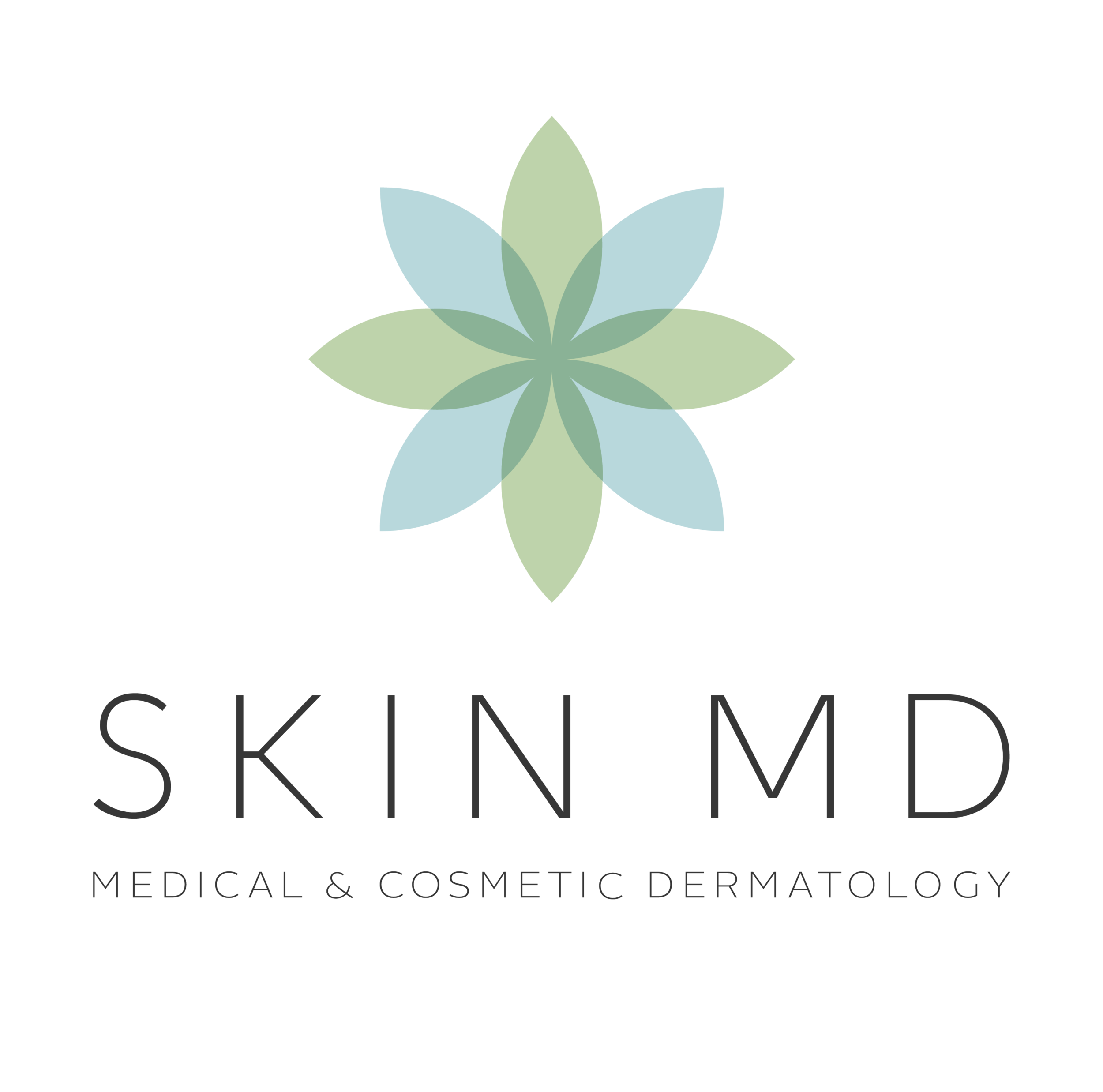5 Common Skin Pigmentation Problems in Asians
Did you know that Asian skin contains more melanin-producing cells compared to the skin of individuals from other races? These cells are easily damaged or stimulated by sunlight. As a result, Asians are generally more prone to a host of skin pigmentation problems.
Curious about these skin conditions that you may also encounter? Here’s a list of 5 skin pigmentation problems prevalent to Asian skin, including common treatments for each.
5 Pigmentation Problems Common to Asian Skin
1. Melasma
Melasma is characterized by brown to gray-brown patches of skin on an individual’s face. These patches can worsen due to sun exposure and skin irritation. They frequently appear on pregnant women, hence the nickname “pregnancy mask.” Melasma also affects around 40% of women and 20% of men in Southeast Asia.
To prevent melasma from occurring or worsening, it’s best to use sunscreen and prevent unnecessary sun exposure. Some popular melasma treatments suited for Asian skin include Elos™ skin rejuvenation and world-class depigmentation peel Cosmelan®, which both even out the complexion.
2. Seborrheic Keratosis
Seborrheic keratoses is easily mistaken for moles or melanoma on Asian skin. Fortunately, the lesions from this skin problem are noncancerous and harmless, although they may become itchy as time passes. They are usually waxy, scaly, and slightly raised, though some lesions resemble drops of brown candle wax. Seborrheic keratosis commonly affects the head, chest, back, or neck.
A few visual characteristics can help individuals differentiate seborrheic keratosis from melanoma. For one, lesions are often symmetrical and scaly while melanomas tend to be asymmetrical and smooth. It’s still highly advisable to consult a medical dermatologist regarding new lesions.
One procedure that deals with seborrheic keratosis is electrodessication and curettage, or ED&C. Expert dermatologists will perform curettage with a special scraping tool. Then, electrodessication heats the wound precisely to help it heal faster and prevent regrowth.
3. Sunspots
As their name implies, these small brown spots on the skin often result from excessive sun exposure. Sunspots are also called “age spots” because of their prevalence in individuals past the age of 40. Asians are often more concerned about developing sunspots than getting wrinkles as they age.
Prevent sunspots from appearing by using sunscreen and umbrellas, as well as minimizing exposure to heat or sunlight. Individuals with sunspots can also avail of Elos™ skin rejuvenation to make the spots fade.
4. Post Inflammatory Hyperpigmentation
Asian skin sometimes produces excessive melanin as it heals from inflammation, leaving a flat dark spot. Post inflammatory hyperpigmentation (PIH) usually follows acne, allergies, and other skin injuries. It also affects men and women equally.
PIH generally disappears over time. However, dark spots can fade faster with the right treatments. These include creams and chemical peels prescribed by a licensed dermatologist.
5. Frictional Melanosis
This skin pigmentation problem is simply caused by repeated friction on the skin. Another term for this condition is “towel melanosis,” since even scrubbing one’s skin too hard with a towel or a loofah sponge can trigger it. Frictional melanosis often affects the arms, hands, trunks, and thighs.
Chemical peels are proven to improve the appearance of frictional melanosis, as revealed by a study conducted in South Asia.
Does one of these problems sound like what you’re seeing on your skin right now? You’ll want to schedule a consultation with the dermatologists of Skin MD. Aside from being board-certified, our experts know just how to restore an even complexion and a healthy glow in Asian skin. Contact us today and watch your skin pigmentation problems fade away!
Read more informative articles on common skin problems by visiting our blog regularly.
